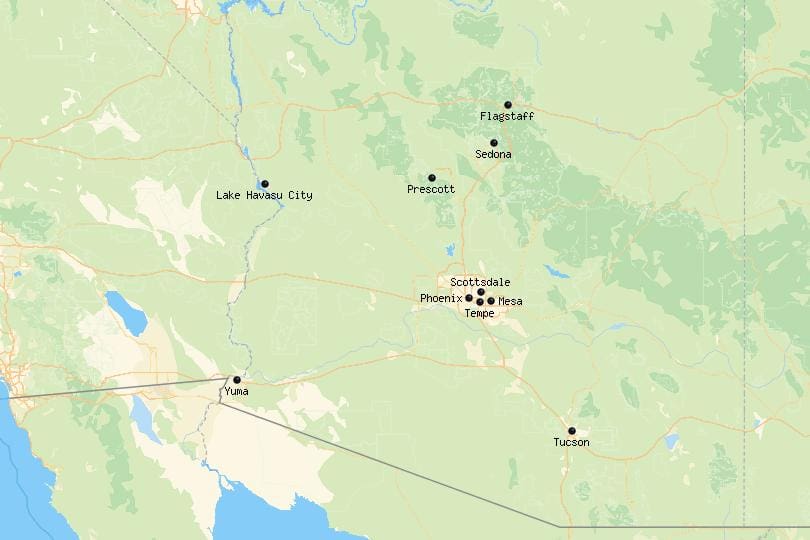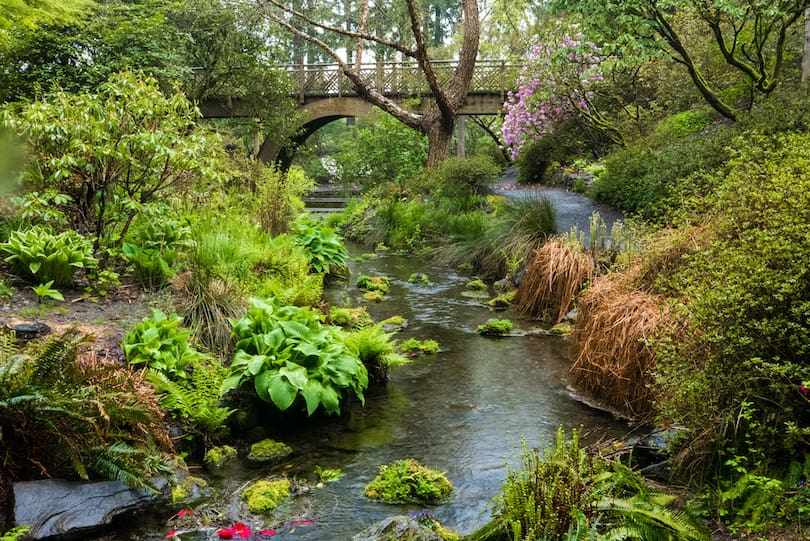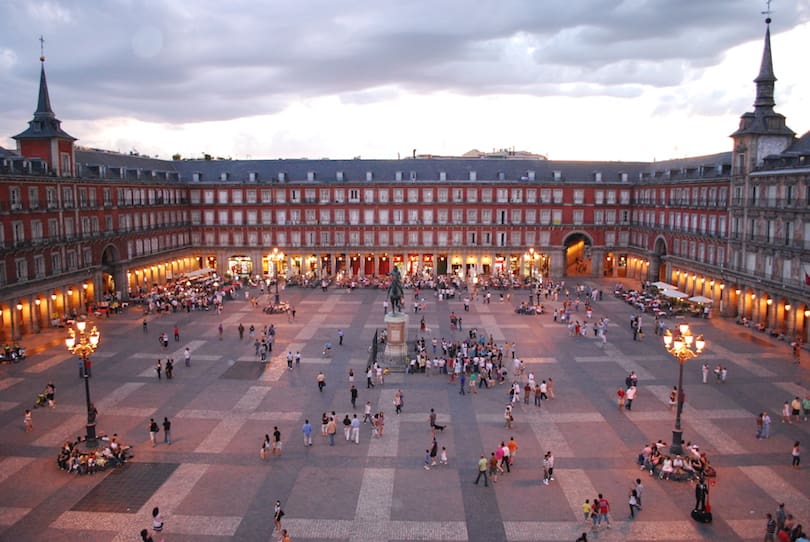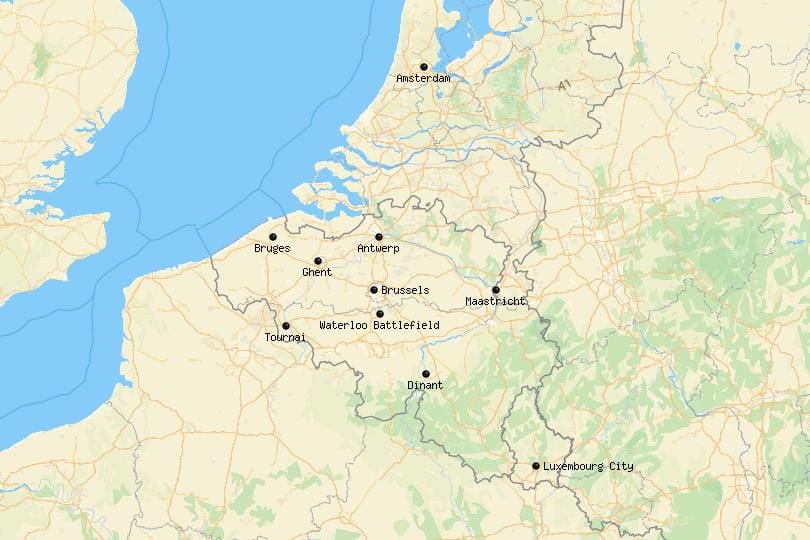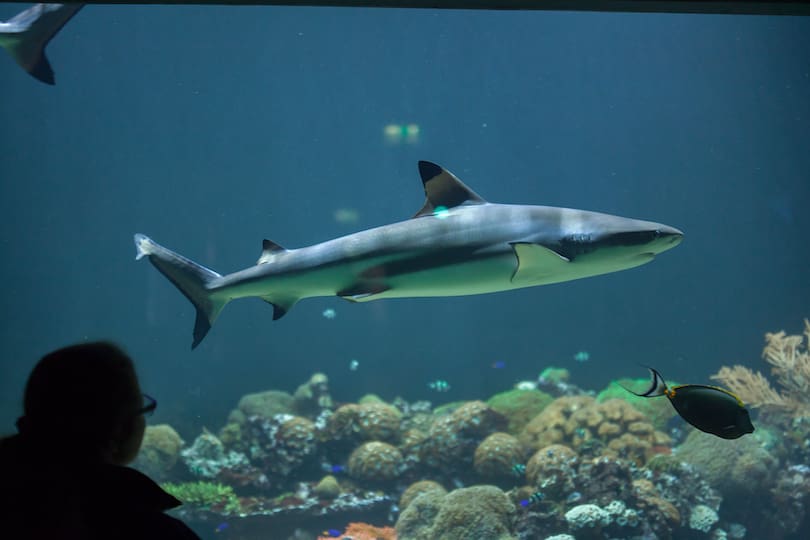Discover the awe-inspiring beauty of Sajjan Garh (Monsoon Palace), Udaipur – a magnificent palace perched on a hilltop, offering breathtaking views of the city and the Aravalli Range. Immerse yourself in the rich history and architectural splendor of this Udaipur gem.
Introduction
Welcome to the enchanting world of Sajjan Garh (Monsoon Palace), Udaipur! Nestled atop the Aravalli Range, this majestic palace is a testament to the grandeur of Rajput architecture and the artistic prowess of its builders. Offering a spectacular vista of Udaipur’s scenic beauty, Sajjan Garh was constructed with a vision of serving as a monsoon retreat for the Mewar rulers. In this article, we embark on a journey to explore the rich history, architectural brilliance, and captivating experiences that await visitors at Sajjan Garh (Monsoon Palace), Udaipur.
Sajjan Garh (Monsoon Palace), Udaipur: A Jewel in the Hills
The Sajjan Garh, commonly known as the Monsoon Palace, stands tall at an elevation of 944 meters above sea level. Built in 1884 by Maharana Sajjan Singh, the palace exudes a sense of elegance and charm. It was intended to be a retreat for the royal family during the monsoon season and an observatory to track the monsoon clouds. The palace, constructed with white marble and situated amidst the lush greenery of the Sajjangarh Wildlife Sanctuary, paints a mesmerizing picture that attracts history buffs, nature lovers, and photographers alike.
A Glimpse into the Rajput History
The construction of Sajjan Garh (Monsoon Palace) traces back to the 19th century during the reign of Maharana Sajjan Singh. The Mewar rulers were known for their profound love for art and architecture, and this palace stands as a testimony to their patronage. Its strategic location on the Bansdara Peak offered an ideal vantage point to observe the monsoon clouds, thus earning the name “Monsoon Palace.”
The Architectural Splendor
The architecture of Sajjan Garh reflects a harmonious blend of Rajput and European styles. The three-storied palace showcases intricately carved domes, jharokhas (balconies), and latticework that add to its regal allure. The palace’s design also ensures proper ventilation, keeping the interiors cool during the scorching summer months. Visitors are left in awe as they explore the exquisite interiors adorned with antique furniture, chandeliers, and historical artifacts that recount tales of the bygone era.
The Panoramic Vista: A Photographer’s Delight
As the sun begins to set, Sajjan Garh (Monsoon Palace) unveils its most magical aspect – the panoramic view of Udaipur and its surroundings. The glimmering Lake Pichola, the majestic City Palace, the serene Fateh Sagar Lake, and the lush greenery of the Aravalli Range all come together to create a surreal painting. Photographers find themselves lost in the beauty, capturing postcard-perfect shots that etch the memories forever.
Unveiling the Sajjangarh Wildlife Sanctuary
Adjacent to the palace lies the Sajjangarh Wildlife Sanctuary, extending over 5.19 square kilometers. The sanctuary serves as a haven for a diverse array of flora and fauna. While exploring the sanctuary’s trails, visitors might encounter various species of deer, leopards, peacocks, and a plethora of avian wonders. It’s a nature lover’s paradise, offering an opportunity to reconnect with the wilderness.
The Monsoon Palace Illumination: An Evening Extravaganza
Sajjan Garh (Monsoon Palace) transforms into a radiant beauty during the evening illumination. As the sun bids adieu, the palace is bathed in golden lights, creating a spellbinding ambiance. The illumination highlights the palace’s architectural nuances and sets a dreamy backdrop for a romantic evening. For those seeking an ethereal experience, witnessing the palace bathed in golden hues is an absolute must.
Exploring the Legends: The Haunting Stories of Sajjan Garh
Every historic marvel comes with its share of legends and folklore, and Sajjan Garh is no exception. Tales of ghost sightings and supernatural occurrences have been circulating for generations. While some visitors may embark on ghost hunts, the tales add an intriguing layer of mystery to the palace’s aura. Whether one believes in the supernatural or not, these stories add an element of thrill to the overall experience.
The Enchanting Sunset from Sajjan Garh
When the day bids adieu and the sun dips below the horizon, Sajjan Garh (Monsoon Palace) offers a vantage point for witnessing an enchanting sunset. As the sky gets painted in hues of orange and purple, the surrounding landscape is cast in a surreal glow. For couples seeking a romantic escapade or solace seekers craving a moment of tranquility, witnessing the sunset from Sajjan Garh is an experience that transcends words.
Conservation Efforts: Preserving the Legacy
With time and natural forces taking their toll, Sajjan Garh faced the brunt of environmental challenges. However, diligent efforts by the government and conservationists have worked towards preserving this architectural gem. Restoration work has been undertaken to maintain the palace’s structural integrity and historical significance, ensuring that future generations can continue to marvel at its splendor.
How to Reach Sajjan Garh (Monsoon Palace)
Traveling to Sajjan Garh is a seamless experience, and several options are available to reach the palace. Visitors can hire a cab, auto-rickshaw, or avail of public transport to get to the base of the hill. From there, they have the option of taking a scenic trek up to the palace or using the available transportation facilities, such as jeep rides.
Best Time to Visit Sajjan Garh (Monsoon Palace)
While Sajjan Garh is open throughout the year, the best time to visit is during the monsoon and winter months when the weather is pleasant and the surrounding landscape is adorned in lush greenery. The months from July to March offer the most delightful experience, allowing visitors to relish both the monsoon clouds and the refreshing winter breeze.
Tickets and Entry Fees
To explore the grandeur of Sajjan Garh, visitors need to purchase an entry ticket. The entry fee for Indian nationals is different from that of foreign tourists. Additionally, a separate camera fee may be applicable for those wishing to capture the beauty of the palace and its surroundings through their lenses.
Frequently Asked Questions (FAQs):
Q: What is the history behind Sajjan Garh (Monsoon Palace), Udaipur?
A: Sajjan Garh was built in 1884 by Maharana Sajjan Singh as a monsoon retreat and observatory to track the monsoon clouds.
Q: What makes Sajjan Garh a must-visit destination?
A: Sajjan Garh’s regal architecture, panoramic views of Udaipur, and enchanting evening illumination make it a must-visit destination.
Q: Can I witness a beautiful sunset from Sajjan Garh?
A: Absolutely! Sajjan Garh offers a breathtaking view of the sunset over Udaipur, creating a magical experience for visitors.
Q: Is Sajjan Garh accessible by public transport?
A: Yes, visitors can reach the base of the hill using public transport and then choose to trek or avail of transportation services to reach the palace.
Q: Are there any legends or ghost stories associated with Sajjan Garh?
A: Yes, Sajjan Garh has its share of ghost stories and legends, adding an element of mystery and intrigue to the overall experience.
Q: What conservation efforts are being made to preserve Sajjan Garh’s heritage?
A: The government and conservationists are actively working towards restoring and preserving Sajjan Garh, ensuring its legacy continues for generations to come.
Conclusion
Sajjan Garh (Monsoon Palace), Udaipur, stands as a testament to the glorious history and architectural brilliance of the Rajput era. The palace’s ethereal beauty, enchanting sunset vistas, and intriguing legends make it a destination worth exploring. As the sun sets over Udaipur, leaving behind a magical glow, visitors can’t help but be captivated by the timeless charm of Sajjan Garh. So, pack your bags and embark on a journey to experience the majesty of the clouds at Sajjan Garh (Monsoon Palace), Udaipur.



